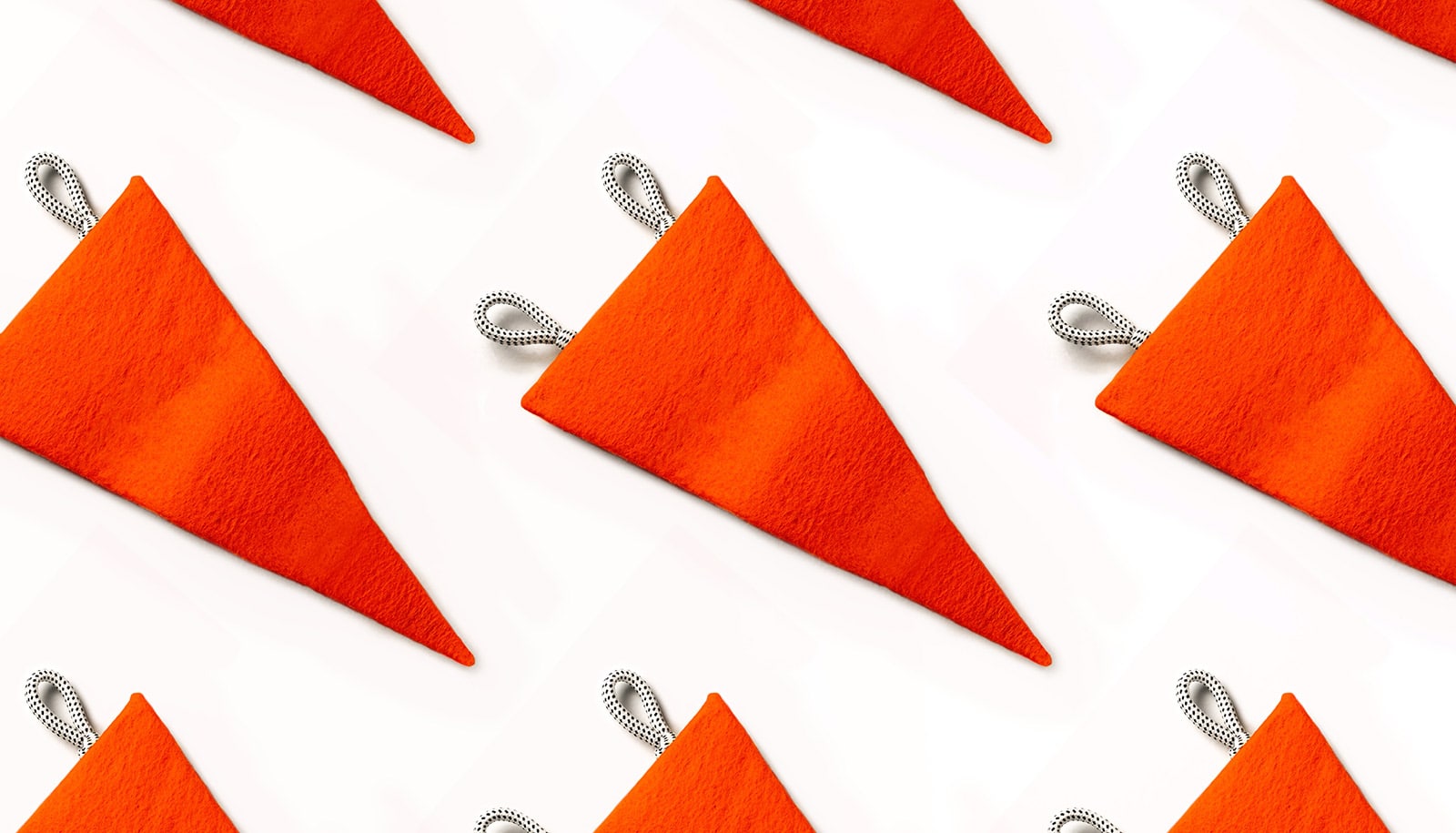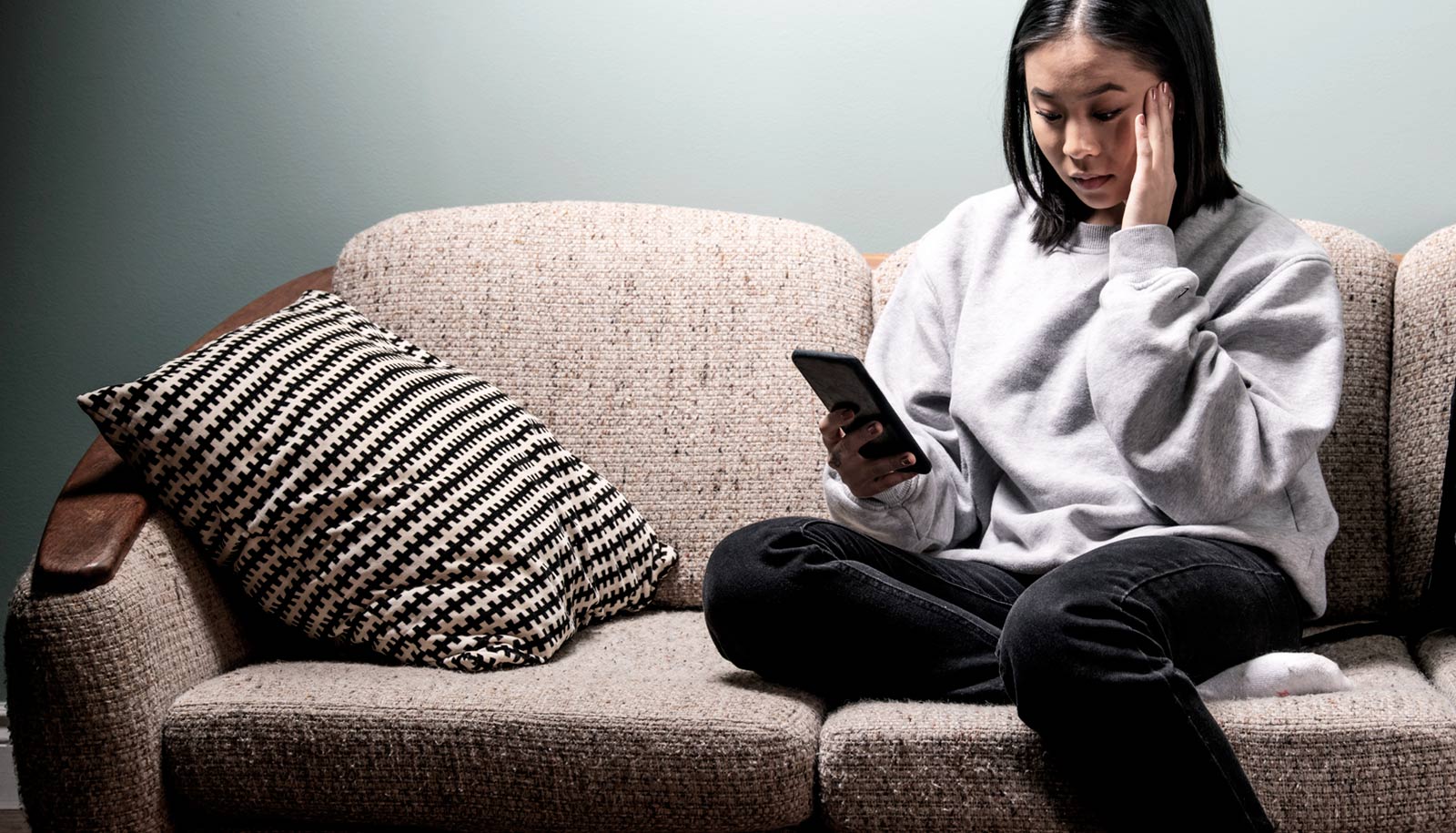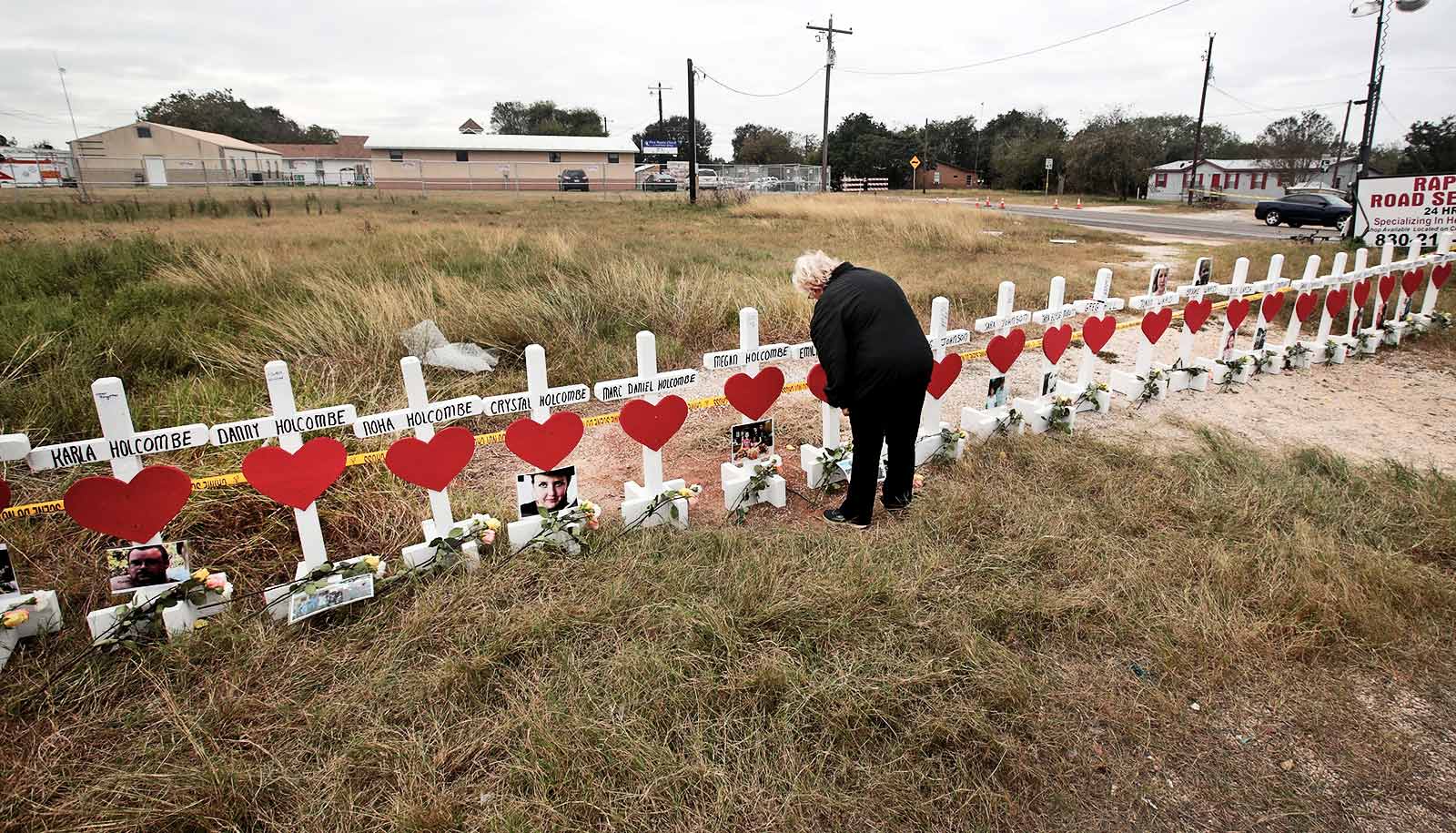There are discrete patterns and dynamics that characterize intimate partner violence. Here’s what to look for.
Intimate partner violence (IPV) affects millions of Americans every year. According to the Centers for Disease Control and Prevention (CDC), about 1 in 4 women and nearly 1 in 10 men have experienced some form of sexual or physical violence, or stalking by an intimate partner during their lifetime.
National Domestic Violence Hotline 24/7 hotline (languages: English, Spanish, and 200+ through interpretation service): 800-799-SAFE (7233) or via SMS—text START to 88788
While both men and women can be victims of IPV, women are more likely to sustain serious injuries and be killed by men. Often red flags appear well before the violence starts.
“I hear very rarely about incidents of physical and sexual violence where the exertion of power and control didn’t come first,” says Catherine Cerulli, director of both the University of Rochester’s Susan B. Anthony Center and the Laboratory of Interpersonal Violence and Victimization.
“As the level of severity increases toward physical and sexual violence, it’s almost always accompanied or preceded by emotional abuse, where the abuser tries to control the victim’s time and resources.”
IPV may also manifest as economic abuse. Cerulli has had clients who had to call their abusers from the grocery store to obtain permission to buy themselves feminine hygiene products. Others have had their social service benefits for housing and food taken away by their abuser.
Economic abuse may also include interfering with a person’s ability to earn an income or hold down a job. For example, a perpetrator may engage in behavior to try to get the victim fired, showing up at the workplace to call, harass, annoy, or alarm—not just them but their coworkers as well.
Here, Cerulli offers clear definitions and explanations of IPV:
What is intimate partner violence?
Intimate partner violence is violence that happens between people in an ongoing or former intimate or romantic relationship.
Intimate partner violence occurs between people in an intimate relationship who might be married, formerly married, dating, formerly dating, or individuals who don’t necessarily have an ongoing romantic relationship but may share common children. It can manifest as emotional abuse, psychological abuse—including coercive control—economic abuse, physical abuse, sexual abuse, and sometimes using the children as a tool to get what the abuser wants.
What’s the difference between intimate partner violence and domestic violence?
Intimate partner violence is a subcategory of domestic violence.
Broadly defined, domestic violence includes elder abuse, sibling abuse, child abuse, intimate partner abuse, parent abuse, and can also include people who don’t necessarily live together but who do have an intimate relationship. Conversely, intimate partner violence is more specific; essentially, it’s a specific form of domestic violence.
Victim or survivor—which term should we use?
Most people are victims first and later become survivors, once they are safe and able to thrive.
I vacillate between the two. There is a framework that some survivors who work on community-based research with me have shared: a person may go through the journey of being a victim first. Later, once they get to a safe space in their life, they become a survivor and can thrive. That’s a model we use: victim—survivor—thriver.
How did COVID-19 affect intimate partner violence?
Early data suggest that IVP increased during the pandemic.
Early US data suggest that IPV rose during COVID-19 for some segments of the population due to increased risk factors: homelessness, unemployment, stress, and some communities’ lockdown provisions, which required survivors to be in close contact and monitored by their perpetrators.
When people had to shelter in place during COVID, it was very difficult for victims to escape their abuse, to go and stay with family members or friends, or even go to a hotel. Shelters were struggling with how to function during the pandemic and some social supports were cut off. Unless organizations and agencies could pivot during the pandemic to meet with survivors safely, it could put victims at greater risk.
Is it true that intimate partner violence increases during pregnancy?
Research findings to date are contradictory.
Studies have been contradictory. Some found that more victims report abuse during pregnancy, or upon the birth of the baby. Yet, a University of Rochester study concluded that IPV occurred before, during, and after a pregnancy, and that pregnancy did not appear to create the abuse, but that it may take on different forms.
One of the most interesting findings was that far fewer women reported IPV in the weeks after the baby was born, when some violence actually stopped. I would suggest that’s because following the birth, visitors may be coming into the house, or there’s more care given through post-birth visits for the baby and the mother. This may be a window of opportunity for intervention.
But there is no denying that bringing a child into a relationship where there is already abuse—either emotional, physical, sexual, or economic—that that extra person in the home can increase stress and could raise the level of abuse, depending on other risk factors.
What are early warning signs of possible violence?
Abusive relationships often start with one person’s controlling or limiting the partner’s social interactions with others
Abusive relationships often start the way non-abusive relationships start: two people meet, they get together, and there’s excitement. They spend a lot of time with each other, exchange frequent phone calls and texts. But after a while, there comes a point in healthy relationships where some of that initial excitement fades, and people reengage with their family and their friends. At that point, they start to enmesh the new partner into their already existing social networks. That’s when the road divides: abusive relationships often start with controlling the victim’s social networks—limiting with whom and when they can spend time away from the abusive partner. The abuser may start monitoring the victim’s telephone calls and texts. Sometimes abusers put monitoring devices in cars and on telephones, or spyware onto computers to see what websites their victims use. They start to insert themselves in all aspects of the victim’s life. This isolation can be a precursor to more abusive behaviors that can be physical or sexual.
According to the Pew Research Center, 35% of American teens have been in a romantic relationship. What’s the best way to protect teenagers in new relationships?
Look for cues of a noticeable imbalance—is one partner calling all the shots?
I’d be looking to see if their new relationship turns the corner, whether the couple starts to go out together with friends. They shouldn’t be completely in their own bubble once the newness of the relationship wears off. I’d also pay attention to cues such as who is paying for things, who is taking the lead, who is controlling the finances for the couple, who is deciding where they go, what movie they watch, whom they spend time with.
A friend of mine, who is a domestic violence counselor, taught me a useful framework: There are healthy and safe relationships; there are unhealthy relationships; and then there are outright dangerous relationships. If we spent more time educating adolescents about how to spot and leave unhealthy relationships, we may have fewer people getting into the actually dangerous ones.
Where can victims and survivors find help?
Contact a domestic violence service provider or ask your doctor for help.
Finding yourself in an abusive relationship can be a frightening revelation. People often blame themselves, which they shouldn’t. There are many options for help that might start with counseling to work on a safety plan, which might include steps on how to leave the relationship.
You most definitely want to partner with your local domestic violence service provider. Call 911 if there’s an imminent risk to your safety. You can also get help from your doctor’s office or a faith leader who is trained in understanding the dynamics of IPV. You might seek help from your employer’s employee assistance program, which may offer short-term counseling and link you with care.
But the most important thing as you decide to leave an abusive relationship is safety—be sure that you have covered your bases for a safety plan, know what that process is going to be, and know when you’re going to execute that plan.
National Domestic Violence Hotline 24/7 hotline (languages: English, Spanish, and 200+ through interpretation service): 800-799-SAFE (7233) or via SMS—text START to 88788
Source: University of Rochester



